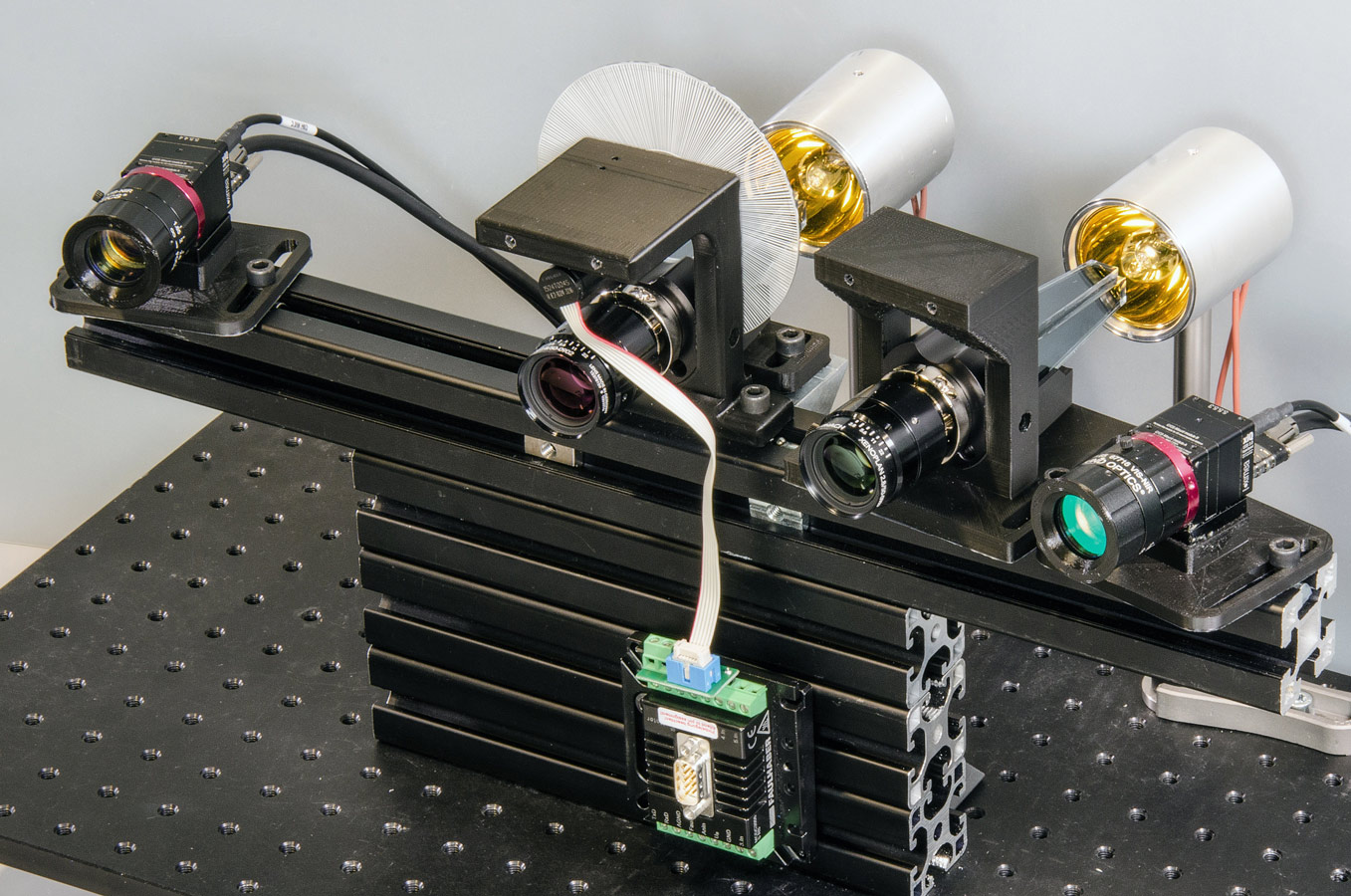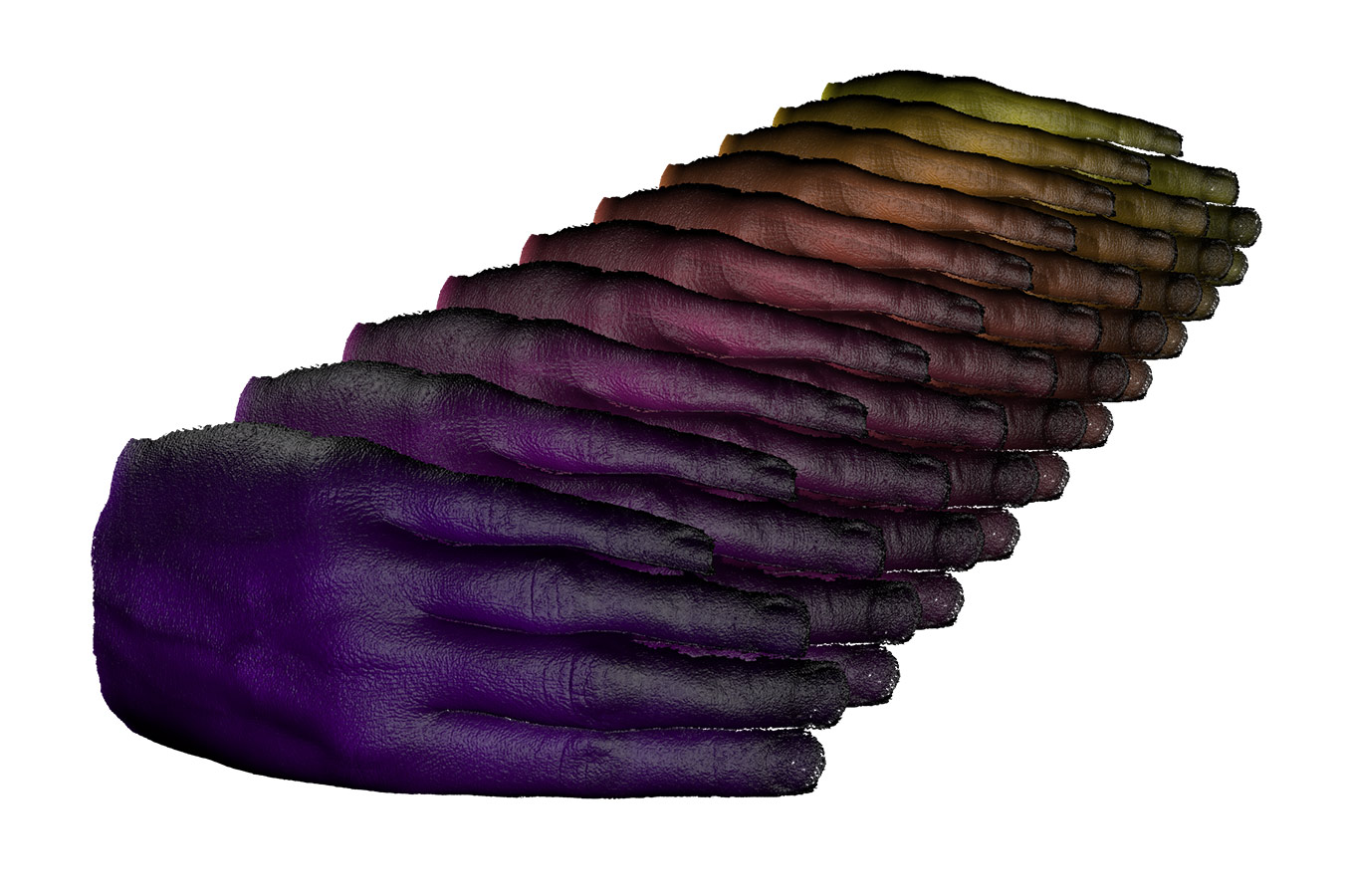

Measuring the shape and spectral characteristics of macroscopic objects as a function of time is of great interest in areas such as medical imaging, precision agriculture, or optical sorting. Now engineers from Friedrich Schiller University / Fraunhofer IOF presented an approach that allows to determine all these quantities with high resolution and accuracy, enabling measurement in five dimensions.
The 5D system represents the first laboratory setup in which high-quality spatial and spectral resolution, depth accuracy, and high frame rate imaging have all been combined into a single compact system. It opens up exciting possibilities for security, medical imaging, optical-based sorting—and even grocery shopping.
The researchers have created a prototype system with a footprint of 200 × 425 mm (about the size of a laptop). The prototype uses two hyperspectral snapshot cameras to obtain information on both the topography and the spectral properties of a measured object at video rate. By identifying specific points on the object surface that are present in both camera views, the system can create a complete set of data points in space. To make this approach work even for texture-less objects, the researches use a specially developed high-speed pattern projector to encode the surface.
Because the new imaging system does not require contact with the object, it could be used to record valuable artifacts or artwork. To demonstrate this type of application, the researchers examined a historical relief globe from 1885. The team also created NIR 5D models of a person’s hand, showing that the system could be used as a simple way to detect veins. By capturing the change in the reflection spectrum of citrus plant leaves during water absorption, the researchers demonstrated the high potential of 5D hyperspectral imaging for agricultural applications.
The new approach—in particular the developed projection technology—also enables the researchers to realize further types of 5D imaging by applying alternative cameras. They are currently striving to carry out 5D thermal measurements of an inflating car airbag.
The research was published in Optics Express, a publication of OSA, The Optical Society (doi: 10.1364/OE.26.023366)